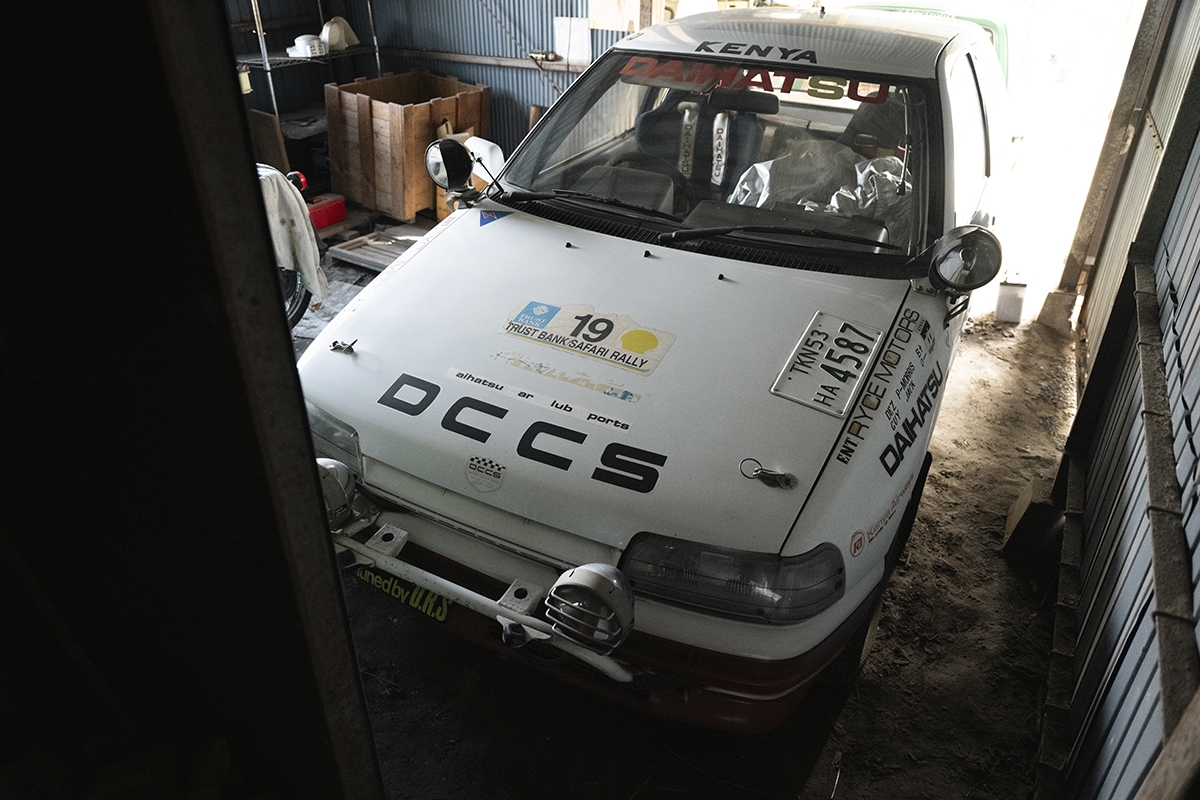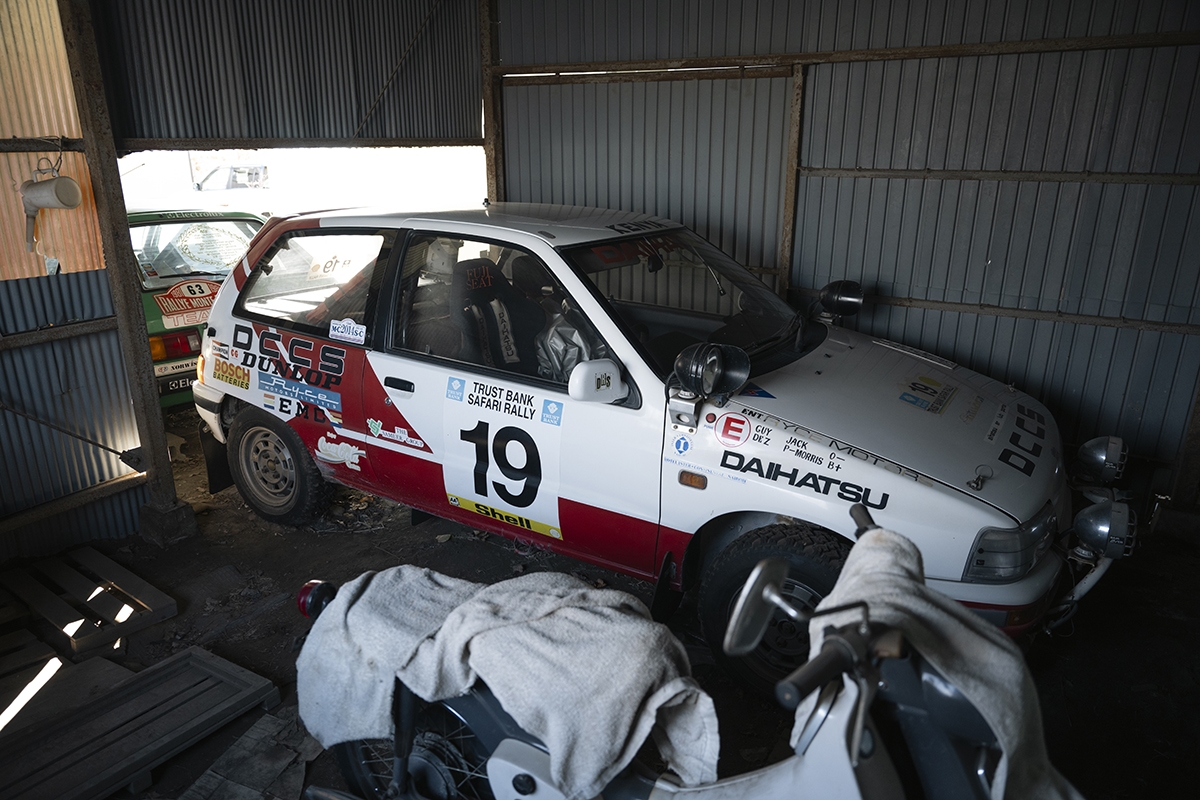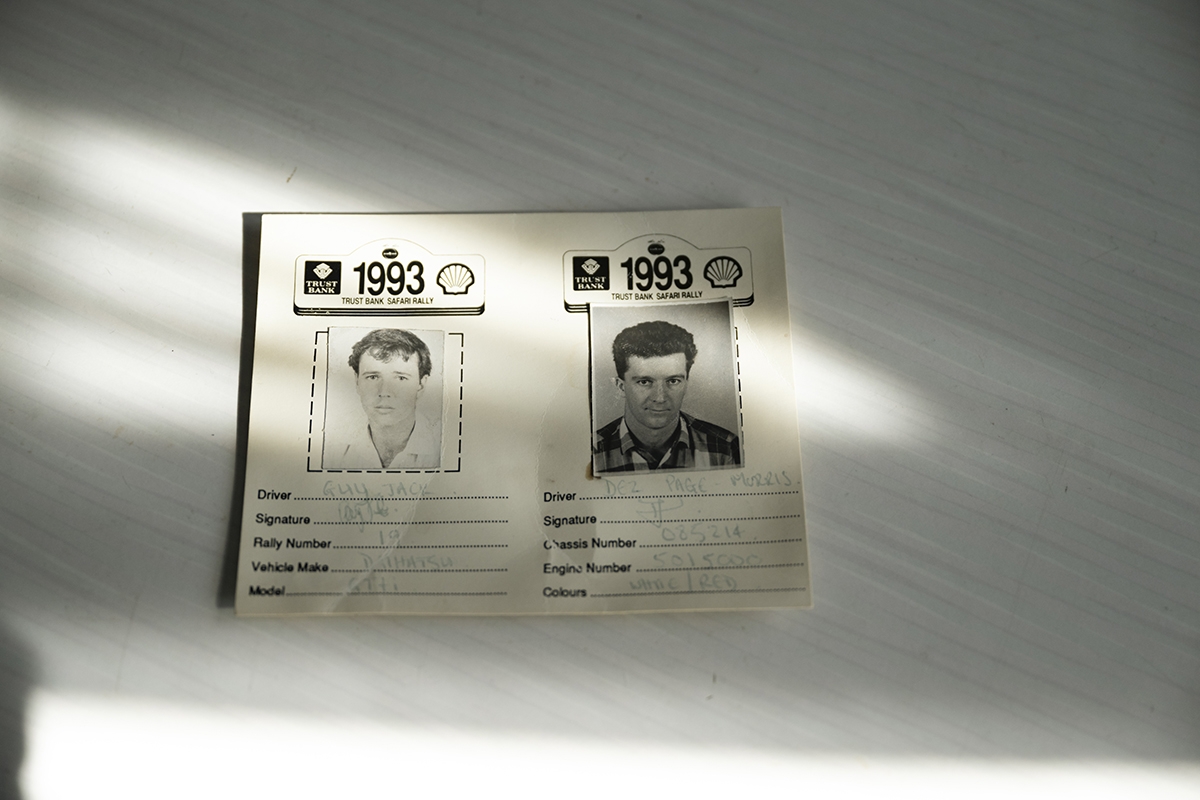Daihatsu Charade [1993 Trust Bank Safari Rally #19]
- Class-winning car at the 1993 Safari Rally
- Stored as a works car at DCCS
- Maintains its appearance from when it competed in the rally
- Equipped with the original works engine from that time
Little Giant Killer
In rallying, the highest category is the World Rally Championship, commonly known as the "WRC." Among the prestigious events in this championship, there are three major rallies, called the "Big Three": the Rally Monte Carlo, the RAC Rally, and the Safari Rally.
The Safari Rally, which has been held since 1953, is considered one of the most grueling rallies in the world. Over its long history, many Japanese cars have claimed titles, helping to cement the image of "indestructible Japanese cars" globally. During its prime, many Japanese manufacturers, such as Toyota, Subaru, and Mitsubishi, participated in the event. One of these manufacturers was Daihatsu.
Daihatsu actively participated in rallies from the 1960s, entering the international rally scene with the G10 Charade at the Rally Monte Carlo in 1979. In 1981, they won the Group 2 category's smallest engine class. The second-generation Charade found success by adapting to regulations and switched to Group B, continuing to compete in the Safari Rally from 1985 onward. In 1988, the third-generation Charade, the "G100," was introduced, and by 1993, it had accumulated numerous class wins. The 1L turbo Charade could reach speeds over 200 km/h and dominated positions 5-7 overall, surpassing Group A machines like the Subaru Impreza and Mitsubishi Lancer Evolution, which had 1L more engine displacement. This was the final year of Daihatsu’s official works participation in international rallies.
The car that won the class at the historic 1993 Safari Rally for Daihatsu is this #19 Daihatsu Charade. It has been preserved in the same condition as when it participated in the rally, retaining the original rally plates and livery, and still carries the original works engine. Looking at the odometer, it reads 5,787 km.
The owner of this car is not a Daihatsu employee. A mechanic who had been maintaining a Renault Gordini found out about this legendary car's whereabouts through a lucky connection with the president’s nephew of DCCS (Daihatsu Car Club Sports). He was told that this car had been kept in the hopes of being displayed in a future museum. Initially not expecting to be able to acquire it, the mechanic expressed his desire to purchase the car, and surprisingly, the owner agreed without hesitation.
In fact, Daihatsu headquarters had been looking for the car and even contacted the owner to ask if they could acquire it. It is said that the 12th car, which finished 7th overall, is displayed at the Daihatsu Historical Museum, while this car, which achieved a higher finish, was kept in a barn in a certain location in Nagano. From this, you can imagine what decision the owner made.
In an era when information wasn’t as easily accessible as it is now, watching foreign rallies on TV was a glittering, aspirational world for the owner, who must have dreamed of owning a Charade.
It's natural to want to drive a genuine works car when you acquire one, but starting the engine would fill the air with a deafening racing sound from the straight-pipe exhaust. The owner rarely had time to drive the car due to the complaints from the neighbors, who were disturbed by the noise.
The engine was overhauled by the works after the rally, and although the computer was swapped with another one the owner had, the car is not in its completely original state. However, this car now comes with an entry card bearing the driver’s name from the 1993 Safari Rally, making it a true works car.


















































